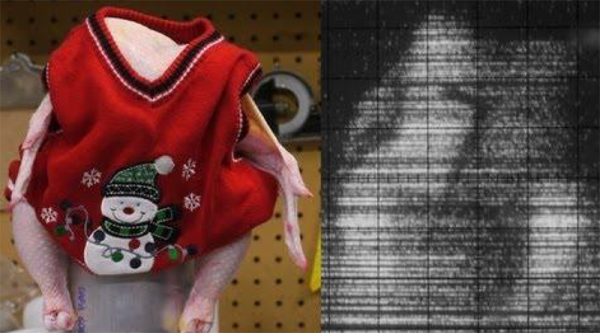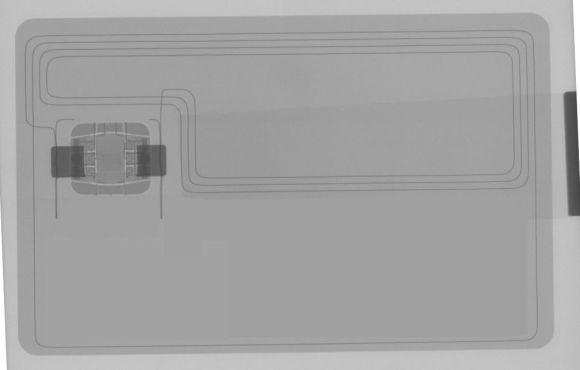Ben Krasnow is one of those people no one has a bad opinion of. He’s part of the team at Verily (Google’s Life Science Alphabit), where he’s busy curing cancer. He co-founded Valve’s hardware division and his YouTube channel, Applied Science, is an exploration of building very high-tech tools very quickly and on a very low budget. Ben has built everything from an electron microscope to a liquid nitrogen generator to a robot that makes individual chocolate chip cookies with ingredients in different proportions. He’s curing cancer and finding the perfect chocolate chip cookie recipe.
The focus of Ben’s talk at this year’s Hackaday SuperConference is building low-cost scientific apparatus quickly. From Applied Science, Ben has cemented his position as a wizard who can find anything either on eBay or at a surplus store. The real trick, Ben tells us, is getting his boss and accounting to understand this rapid prototyping mindset.
Continue reading “Quickly Prototyping X-ray Backscatter Machines”






















